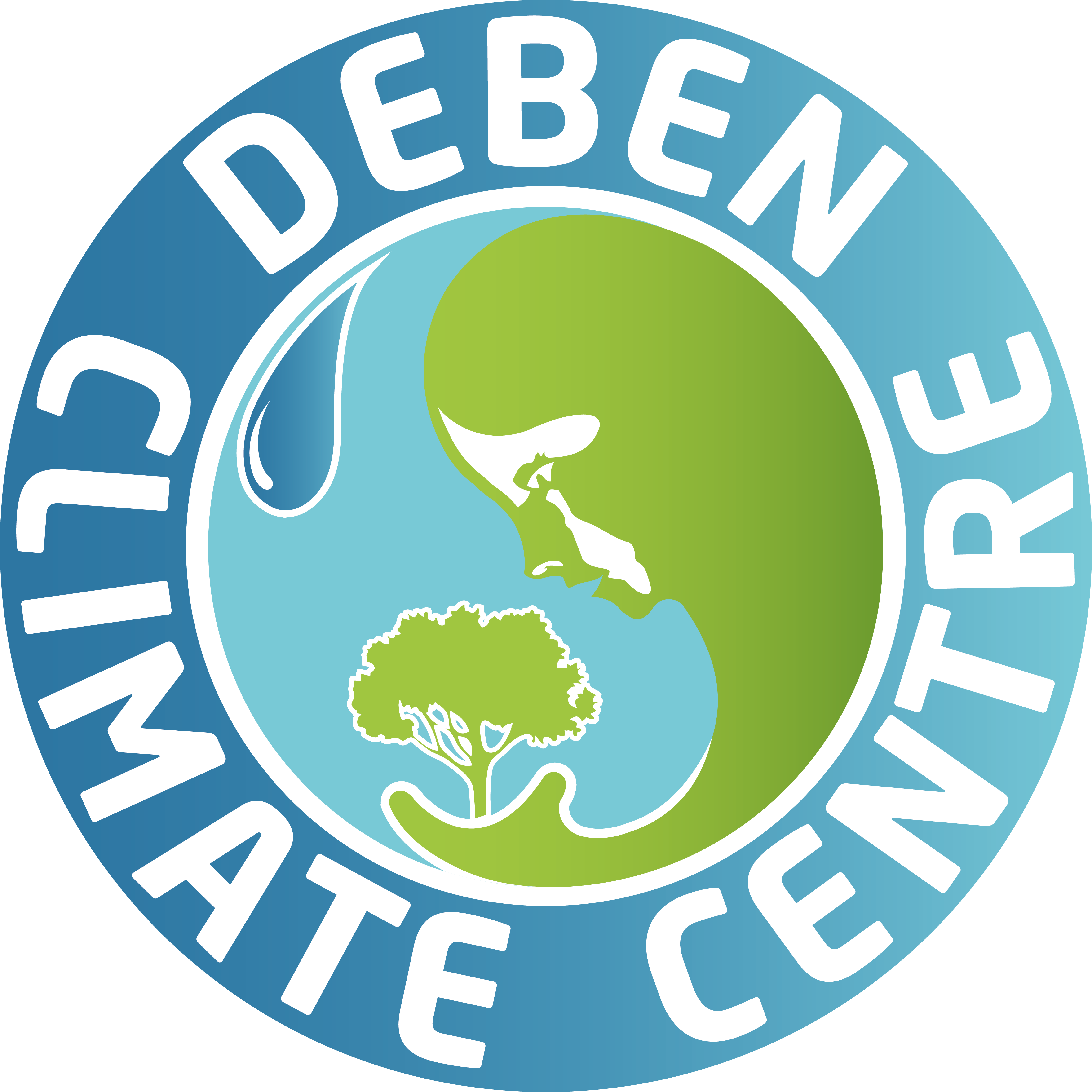6th October 2025 River Deben Environment Monitoring Results
- Deben Climate Centre

- Oct 11
- 4 min read
Updated: Nov 7
Although the past month has seen more rain than in the previous months, river levels are still low and in some places, noticeably at Debenham there are still dry patches with low flow in many other places. As we await the seasonal rains, this means that ditches and smaller streams are still dry so run-off from farmland may not be a significant contributor to any pollution found.
1. E.coli pollution
This week’s results show lower levels of E.coli across most of the catchment and in the tidal section there was no sign of any significant pollution. The only CSO spill in the Deben catchment within the past 2 weeks was one from Martlesham Creek lasting 2 minutes. At Debenham, E.coli levels continue to be high due in large part to low flow and the dried up river bed, whilst on the Fynn/ Lark levels are lower but still well above the rest of the catchment. We are concerned about E.coli pollution at The Green, Grundisburgh where there have been 3 months of high readings at a location which previously was always low.
The high E.coli readings at Rendlesham are also concerning as the Rendlesham STW did not appear to be emitting significant levels of E.coli. The downstream levels at our WATR monitor and at Naunton Meadow were both higher than at the CSO. We are investigating this further - see item 5 below.
As usual the Anglian Water STW’s are emitting high levels of E.coli which impacts downstream; however, the section below Debenham through to Easton remains remarkably unpolluted by harmful bacteria. This may be due to the dry ditches but also to the lack of livestock grazing in this arable landscape.


2. Phosphates
Our river continues to suffer from high levels of phosphate pollution in the non-tidal section with only a small stretch from Crettingham to Easton showing adherence to “healthy river” levels. As in previous months, phosphate level increase from Easton downstream and it is noticeable that the emissions from both Charsfield and Wickham Market STW’s (both with phosphate stripping investment) have breached the 1.0 mg/litre level. This is particularly concerning at Wickham Market as it is the third month in a row that the phosphate as P level is above the Environment Agency permitted level of 1.00 mg/litre. Anglian Water have advised that they are having issues balancing the phosphate removal and microbiological processes. It is hoped that these problems can be sorted out.
On the Fynn/ Lark, phosphate pollution has dropped off this month although they are a long way off the healthy river levels. Here and at Debenham river flow rates are still lower than is expected at this time of year.


3. Nitrates
Following consultation with the Environment Agency and from shared experience with our colleagues on the River Blyth, we are changing our measure for nitrates to report Nitrate NO3-N. Although this is simple conversion of statistics, Nitrate NO3-N is a more established measure which is used to assess river quality; the criteria for acceptability and river health are probably more taxing than those in the WTD nitrate guideline which we have been using.
Here are the Nitrate NO3-N target levels:
Healthy/Excellent: < 1.0 mg/L NO₃-N.
Good: 1.1 - 3.0 mg/L NO₃-N.
Fair: 3.1 - 5.0 mg/L NO₃-N.
Poor/Unsafe: > 5.0 mg/L NO₃-N.
From our tests this week, the non-tidal Deben is broadly within the Healthy to Fair category but with notable exceptions at and downstream of STW’s and with spikes at Crettingham and Aspall. We need to do more rigorous and frequent tests at some of the locations to determine the sources.
By contract, the Fynn/ Lark river numbers are almost all in the Poor/ Unsafe area. This revised measure needs further work and review of previous data to work out where more sampling may be needed.


4. RDMAI Phosphate Trial
Some of you may be aware that Deben Climate Centre participated in a nationwide citizen science study by Xylem and WRC to evaluate phosphate levels against Environment Agency sonde probes across the UK. Our local sonde - the only one in Suffolk - is at Letheringham Sanctuary Bridge. Thanks to work by Peter Clitheroe and Arthur Stansfield, we tested there every 2 days during late August and September. The results show that levels of phosphate at this bridge are almost all within the healthy river envelope. This is encouraging given the predominance of arable land in this area where run-off might be expected. We are waiting feedback from the project sponsors at Xylem.

5. Rendlesham WATR
In collaboration with the University of Suffolk’s Hannah Steventon, Deben Climate Centre have installed a sensor unit in the river near Rendlesham. This has a range of sensors measuring amongst others dissolved oxygen, nitrate, electrical conductivity and temperature. Live data is transmitted and monitored by our partners although we are at an early stage with this.
Looking at the nitrate (NO3) levels over the past two months, we can see that these are well above the WTD “excessive” level. However, we have recorded two spikes in August and more recently on Monday 6th October. Much more work is needed to understand the relationship between the various measures but the high E.coli levels recorded this week may indicate some kind of non-STW pollution incident at work here. More on this as we find out what is happening on the ground.






Comments